As of April 1, Making Stories is closed. Thank you for your support all these years!
As of April 1, Making Stories is closed. Thank you for your support all these years!
Spinning Fiber
Notions & Gifts
Books, Magazines & Patterns
About Us
We're here to help you stitch sustainability into every aspect of your making.
With our carefully curated selection of non-superwash, plastic-free yarns and notions, we have everything you need to get started on your next project - and the one after that.
Here's to a wardrobe of knits we love and want to wear for years to come!
We're here to help you stitch sustainability into every aspect of your making.
With our carefully curated selection of non-superwash, plastic-free yarns and notions, we have everything you need to get started on your next project - and the one after that.
Here's to a wardrobe of knits we love and want to wear for years to come!
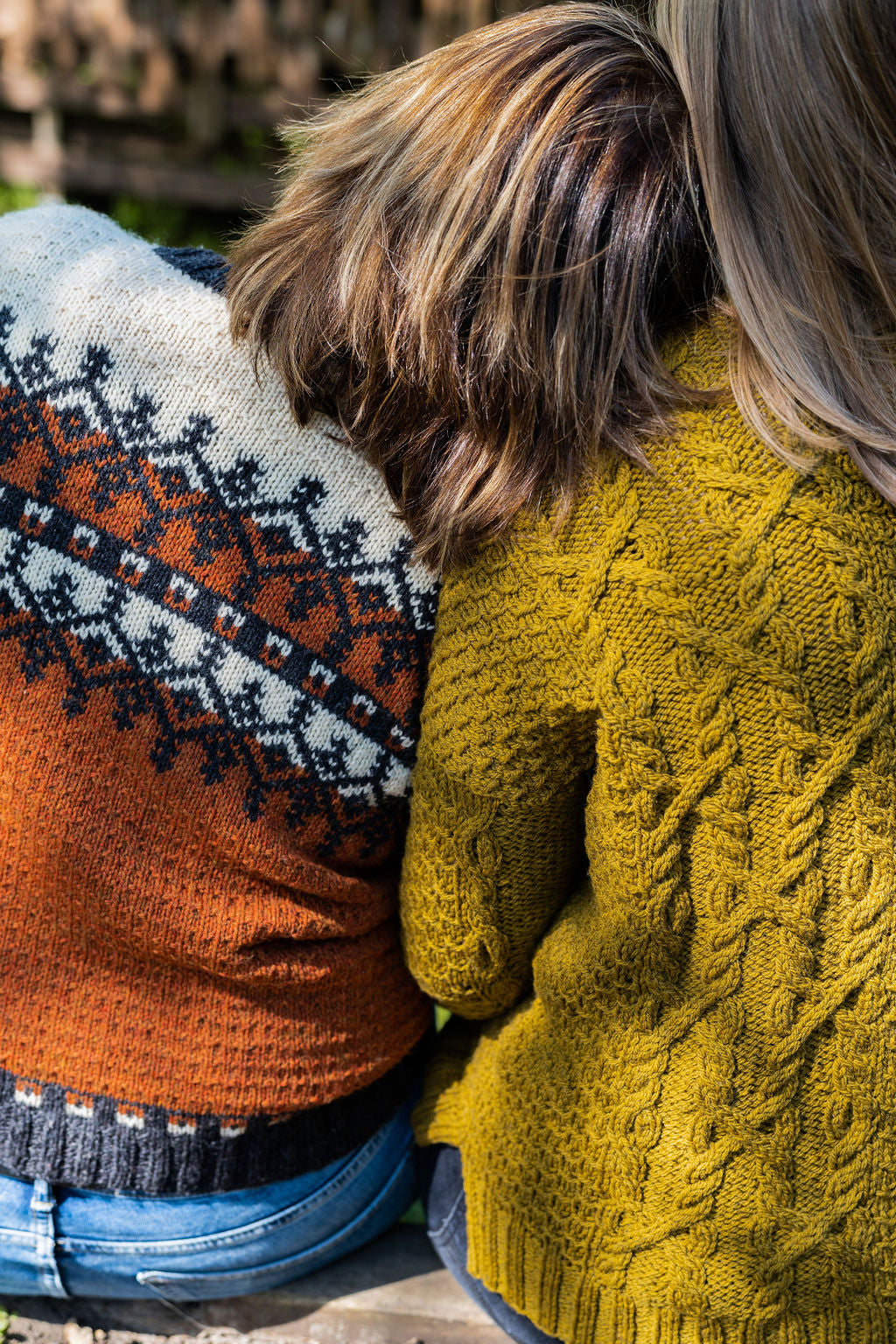
Our Sustainability Pledge

Our Blog

Our Podcast
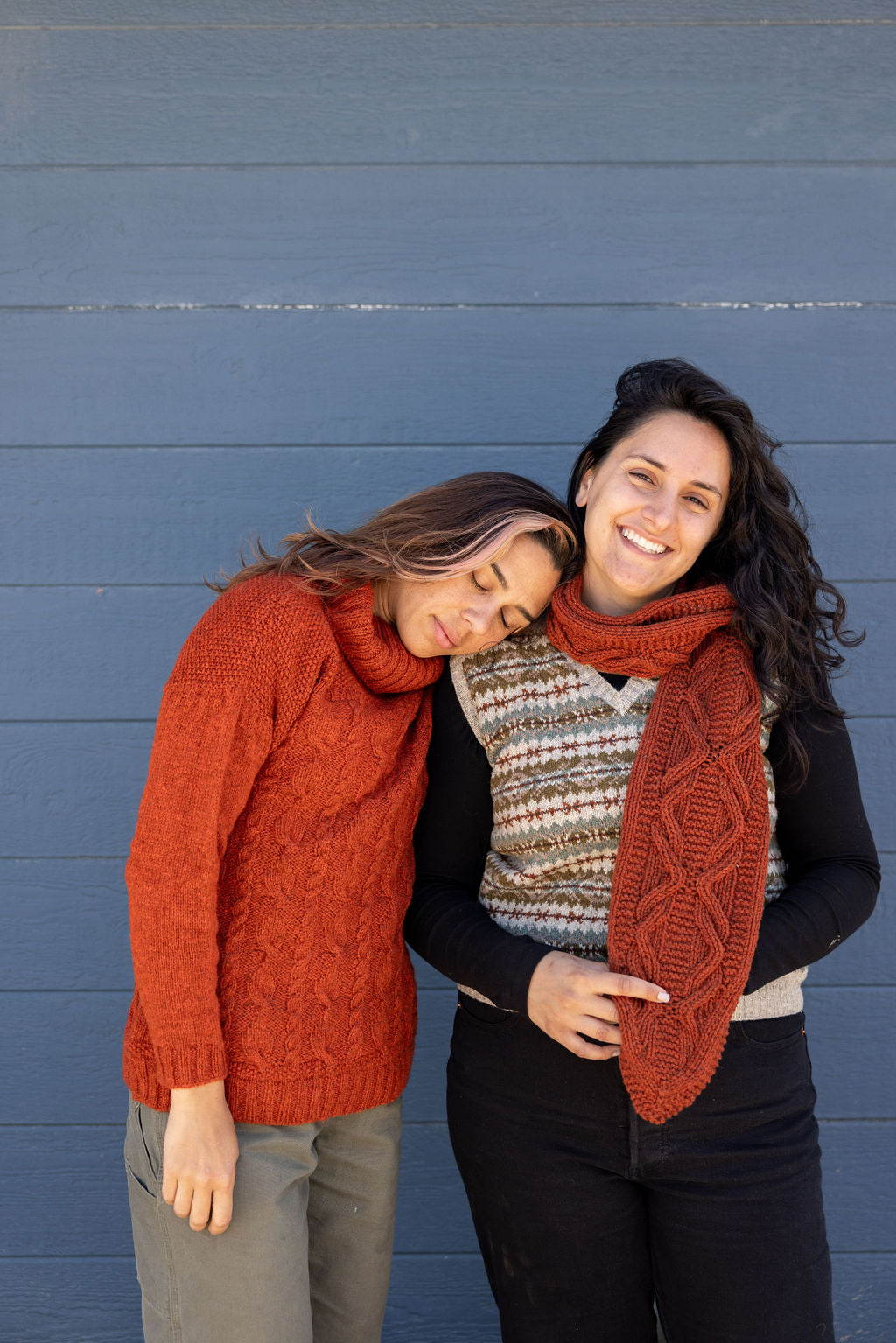
The Making Stories Collective
Are There Sustainable Superwash Options?
May 27, 2020 5 min read 2 Comments
Last week, we took a look at superwash yarns and explored why they're not sustainable. TL;DR of that article was that the most common superwash process - the Chlorine-Hercosett process - uses highly toxic chemicals, additional resources compared to non-superwash production processes, and results in a yarn that is not biodegradable and sheds microplastic particles when washed.
Over the course of the last years, quite a few alternative production processes for machine-washable yarns have cropped up, so today we'll take a look at those to see if they are more sustainable!

EXP Process
EXP stands for 'EX-Pollution' and is a process developed by the Schoeller Spinning Group. Instead of chlorine, it uses natural salts as an oxidizing agent, and then adds small polymer patches on the surface of the yarn to make it machine-washable. According to their website, the polymer they're using is 'ecological' - I'm waiting to hear back from them with more information what exactly that means. One gigantic advantage of the EXP process is that it - contrary to the standard superwash process - doesn't release any AOX pollutants into the waste water, making it a lot less toxic!
The EXP process has both the bluesign‚ìá and the GOTS (Global Organic Textile) certificates. This is an indication that it's indeed more sustainable than the Chlorine-Hercosett superwash process as both certificates take a close look at the toxicity, working conditions, wages and environmental impact of production processes.
I wasn't able to find detailed information on a few of the certificates' hazier criteria (What exactly are the thresholds for GOTS','All chemical inputs (e.g. dyes, auxiliaries and process chemicals) must be evaluated and meeting basic requirements on toxicity and biodegradability / eliminability'?), but even so, the fact that the EXP process has gotten them speaks for a higher degree of sustainability.
Naturetexx‚ìá Plasma Process
Südwollegroup has developed an alternative process for making Merino wool machine-washable using only air and electricity instead of chemicals. The entire process sounds pretty rad, if you ask me:
'A plasma field is generated by discharging a voltage between two electrodes in a special machine. Carefully prepared wool passes through the plasma field where electrons and ions in the plasma interact with the wool fibre. They alter the friction profile of the fibre surface, removing the normal felting effect of untreated wool.
Apparently, the electrons and ions do this by oxidizing the surface of the fibre and creating nano-scale holes. Both help to increase the surface friction of the fibre, which essentially means that the individual fibres stop moving against each other and therefore can't felt anymore, making the yarn machine-washable.
The Naturetexx‚ìá Plasma process has also been bluesign‚ìá certified, and any products that have undergone it can be certified with the GOTS certification - both indications that it is, like EXP, more sustainable than the standard superwash process.
Ozone
The (really awesome) sustainable clothing company Patagonia has developed, together with one of their suppliers, another innovative process using only ozone instead of a chlorine-resin combination to remove the scales of the wool fibres they're using. Oxygen and water seem to be the only by-products of this process (yay!!), which, until now, doesn't seem to be available for other manufacturers.
Enzyme Coating
On my quest to find sustainable superwash alternatives, I also stumbled across mentions of enzyme coatings - organic enzymes being applied to the surface of the wool, reducing the friction between the fibre scales and therefore making the yarn machine-washable. Swans Island offers yarn that's been treated with this process, but I'm still waiting to hear back with more details about the process itself to make an assessment regarding its sustainability.
There are quite a few more processes in development or research that would lead to machine-washable wool with fewer ecologically devastating consequences. None of these, however, seem to be commercially viable and / or available at this point in time. (If I'm wrong on this and you know of one, please do let me know!)

So - what's the conclusion here?
I'm not going to lie, I'm still not a massive fan of any of these alternatives. Additional process steps - beyond the usual spinning and dyeing of yarn - require additional natural resources, and hold the potential for less-than-great working conditions and environmental pollution.
In addition, most yarn companies don't disclose which one of these processes the yarn they're using has been treated with, which makes it hard to make an informed purchasing choice if you prefer one of the more sustainable superwash-like options over the other.
What you can do is to check whether the yarn that's labeled as ‚'machine-washable' also has the bluesign‚ìá and / or GOTS certificate. Those certifications make sure that it hasn't gone through the Chlorine-Hercosett superwash process and is most likely been treated with the EXP or plasma process, making it more sustainable than a traditional superwash yarn.
I do understand, though, that sometimes, a machine-washable yarn is the best way to go - say, if your best friend expects a baby and you'd love to make a cute little sweater for them, but you also don't want to add to the stress level of new parents by making them hand wash it.
For these occasions, I've put together a list of superwash-like sustainable yarns down below. I've indicated whether they've been certified through bluesign‚ìá or GOTS and where they come from so that you can consider both factors for your purchases.
This list is by no means exhaustive, so if you know of any other eco-friendly superwash options, do let me know and I'll add them!
Overview of superwash-like sustainable yarns
O-Wool O-Wash Fingering - GOTS, USA
O-Wool O-Wash Sport - GOTS, USA
O-Wool O-Wash Worsted - GOTS, USA
O-Wool O-Wash Chunky - GOTS, USA
Rosy Green Wool Cheeky Merino Joy - GOTS, Germany
Rosy Green Wool Big Merino Hug - GOTS, Germany
Swans Island Washable Wool Sport - EcoWash, USA
Swans Island Washable Wool DK - EcoWash, USA
Tanis Fiber Arts PureWash Fingering - GOTS, Canada
Tanis Fiber Arts PureWash DK - GOTS, Canada
Tanis Fiber Arts PureWash Worsted - GOTS, Canada
Tanis Fiber Arts PureWash Chunky - GOTS, Canada
Further resources
If you want to dive deeper into the different types of superwash processes, this paper offers a comprehensive overview and a range of sources to investigate further. And then there's this slideshow which blew my mind with its overviews of the different finishing treatments - from superwash to non-flammable - for wool!
Hat tips also go to Susanna Winter for her blog series on superwash yarns, Anna from Dunkelgrün who's talked about the science behind superwash on her podcast, and Mason Dixon Knitting's Jillian Moreno for shedding light on the fabric properties of superwash.
2 Responses
Brenna
March 19, 2021
Thanks for this post, I’ve also been on a quest to understand alternatives to the horrible superwash treatment. I had thought however that the Superwash Hercosett treatment didn’t contribute to microplastics – as I’d read via the WoolMark Company website about the fibres still being 100% biodegradable. See https://www.woolmark.com/industry/sustainability/wool-and-microplastics/
What do you think? Have you found evidence otherwise? I’d really like to see that if you have because that would contradict what Wool mark are reporting and i’d really love to get to the bottom of this important matter. I agree with you, machine washing wool is not necessary if we just remember how to wash wool properly and the more natural state it is in, the less it needs washing anyway. Love to hear your thoughts. Thanks again, Brenna
Leave a comment
Comments will be approved before showing up.
Also in Blog

Issue 13 – Confetti & Rainbows | Official Pattern Preview
February 12, 2025 13 min read
Hi lovelies! The sun is out here in Berlin, and what better day to talk about one of the most joyful issues we've ever done than a brilliant sunny winter day – meet Issue 13, Confetti & Rainbows!
In Issue 13 – our Spring 2025 Issue – we want to play! Confetti and rainbows, unusually and unconventionally interpreted in 12 new knitwear designs – a journey through color, shapes, texture and materials.
Confetti made out of dried flowers, collected over months from bouquets and the road side. Sparkly rainbows, light reflecting. Gentle textures and shapes, echoing the different forms confetti can take. An unexpected rainbow around the corner, on a brick wall, painted in broad strokes.
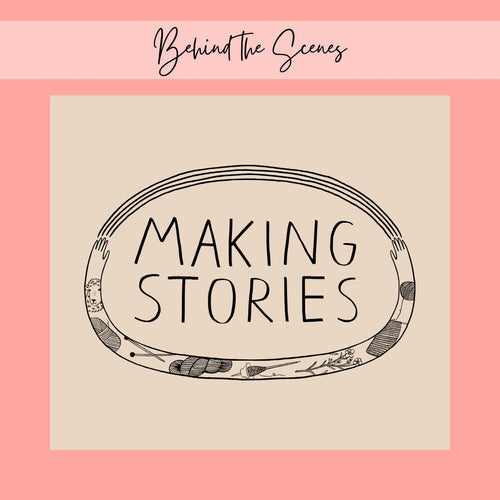
New Look, Same Heart: The Story Behind Our Delightful Rebrand
January 16, 2025 4 min read 1 Comment
Hi lovelies! I am back today with a wonderful behind-the-scenes interview with Caroline Frett, a super talented illustrator from Berlin, who is the heart and and hands behind the new look we've been sporting for a little while.
Caro also has a shop for her delightfully cheeky and (sometimes brutally) honest T-Shirts, postcards, and mugs. (I am particularly fond of this T-Shirt and this postcard!)
I am so excited Caro agreed to an interview to share her thoughts and work process, and what she especially loves about our rebrand!
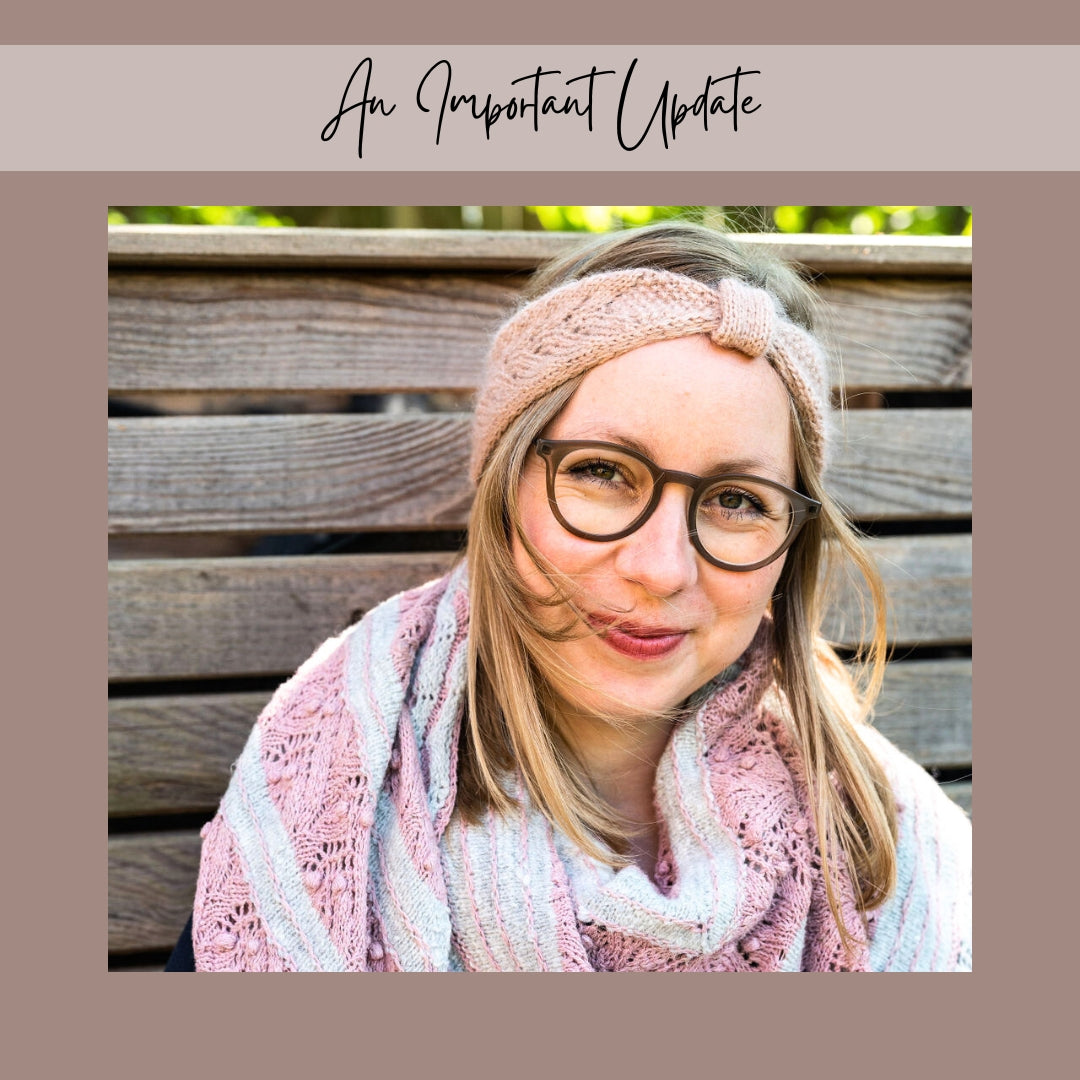
Thoughts on closing down a knitting magazine
November 19, 2024 12 min read 1 Comment
Who Is Making Stories?
We're a delightfully tiny team dedicated to all things sustainability in knitting. With our online shop filled with responsibly produced yarns, notions and patterns we're here to help you create a wardrobe filled with knits you'll love and wear for years to come.
Are you part of the flock yet?
Sign up to our weekly newsletter to get the latest yarn news and pattern inspiration!

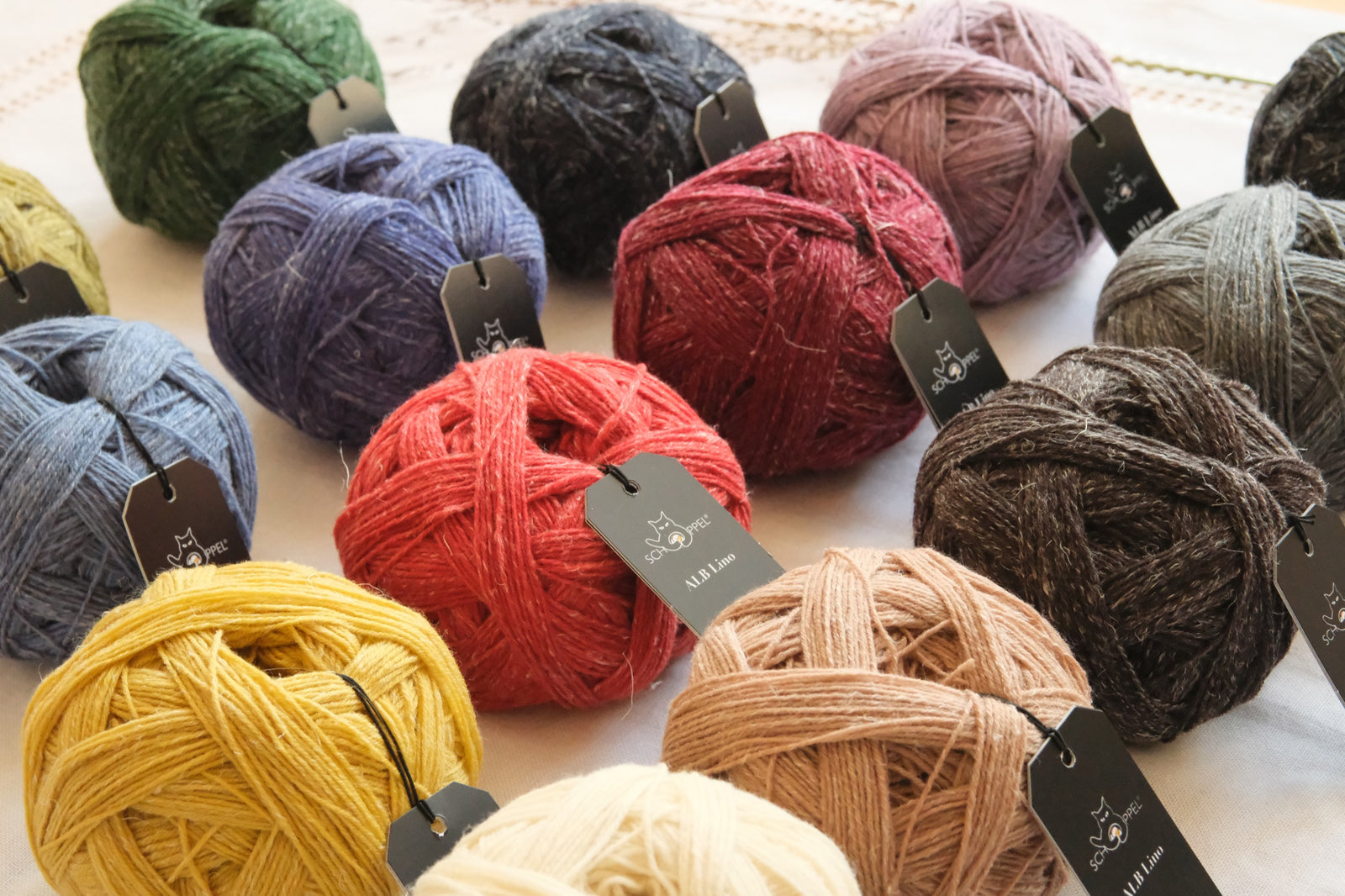

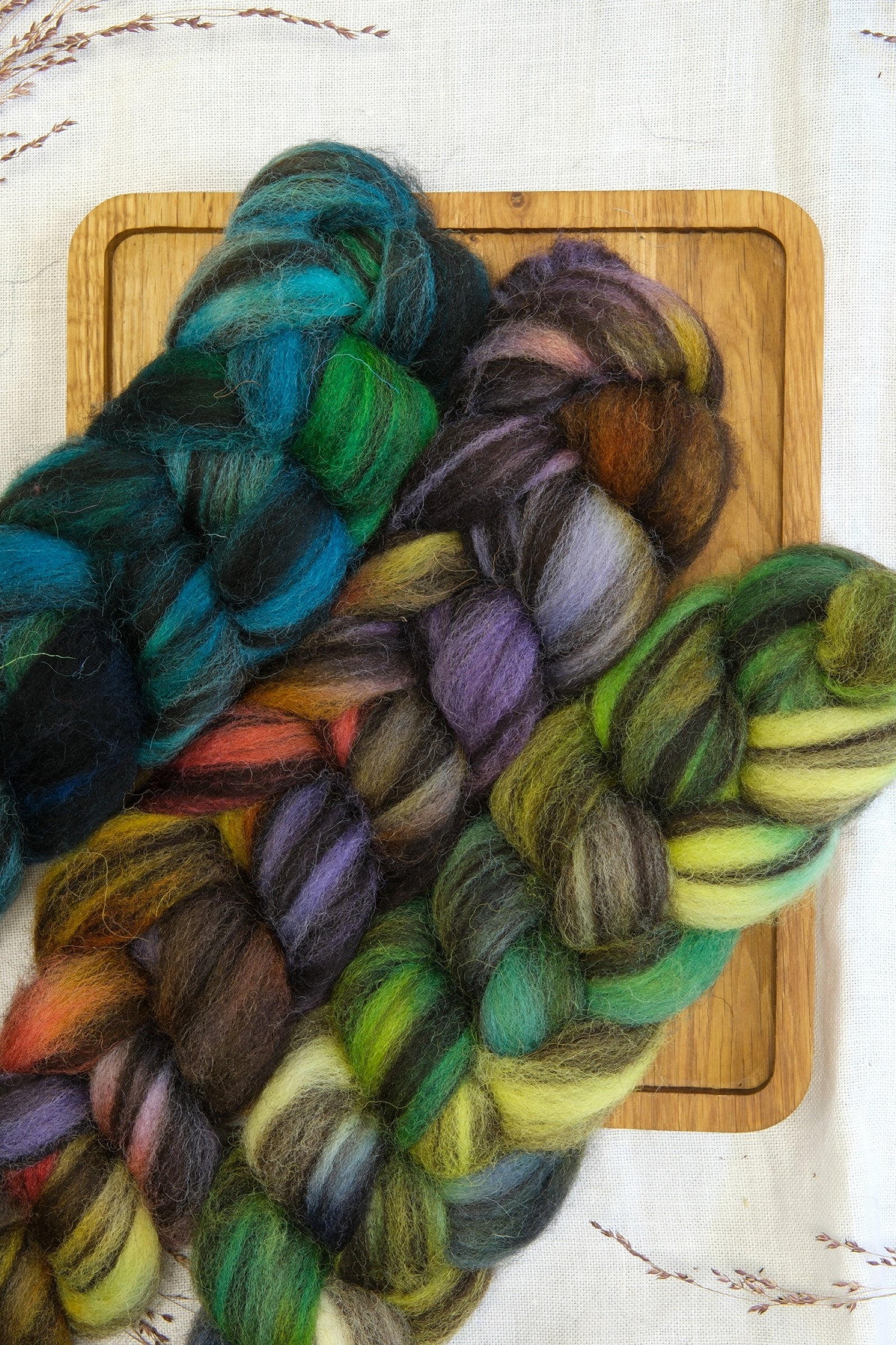
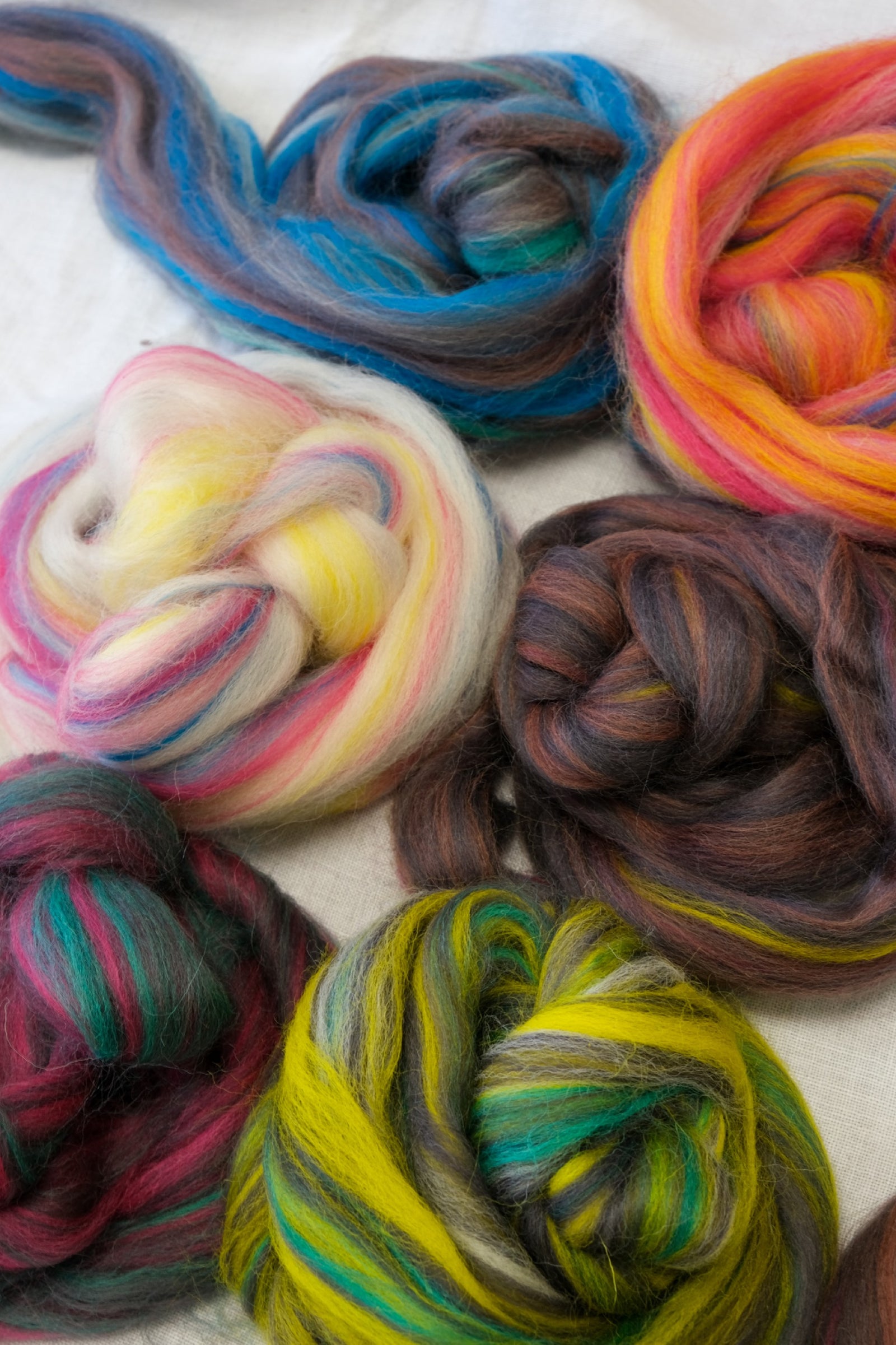
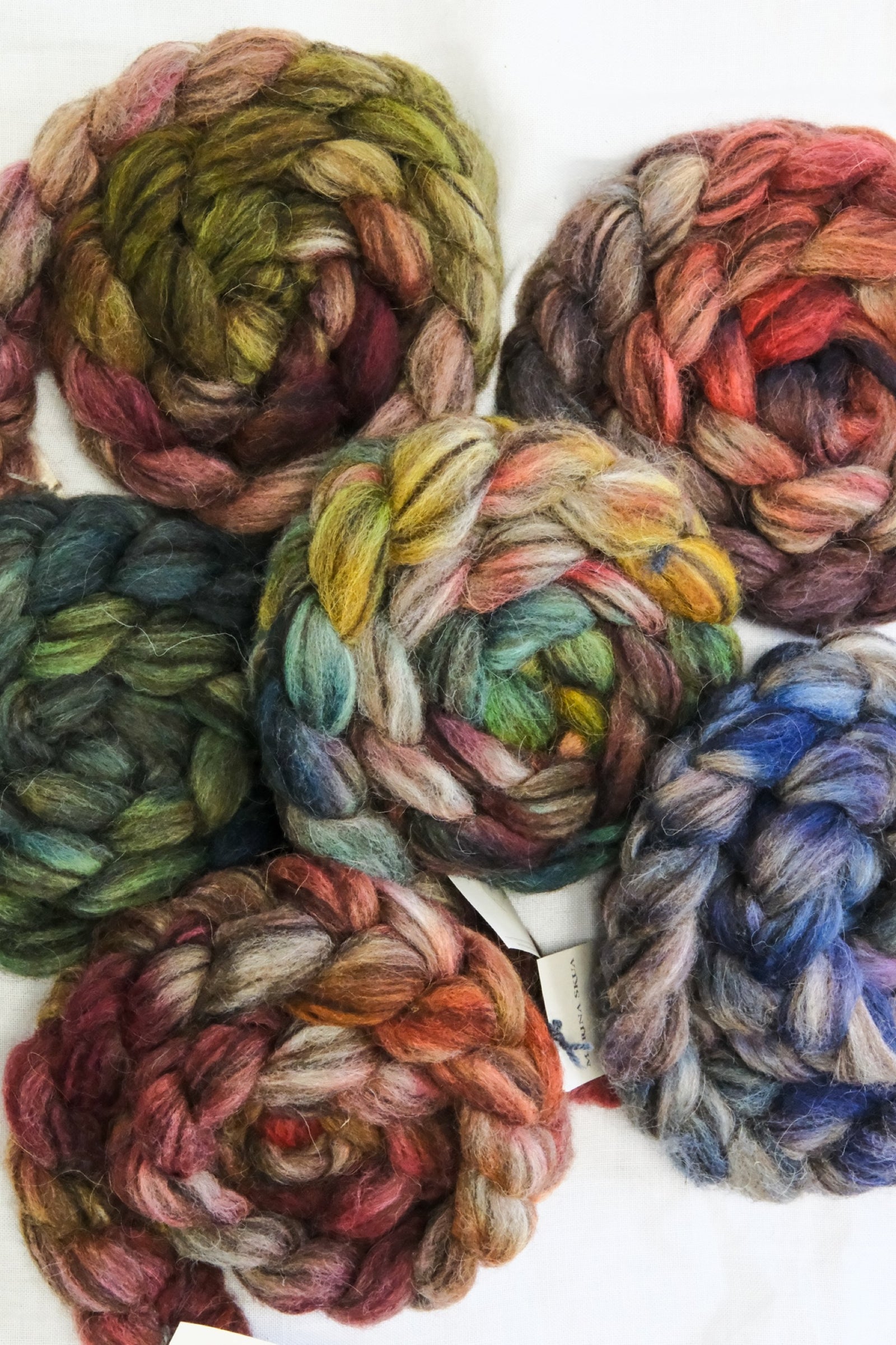
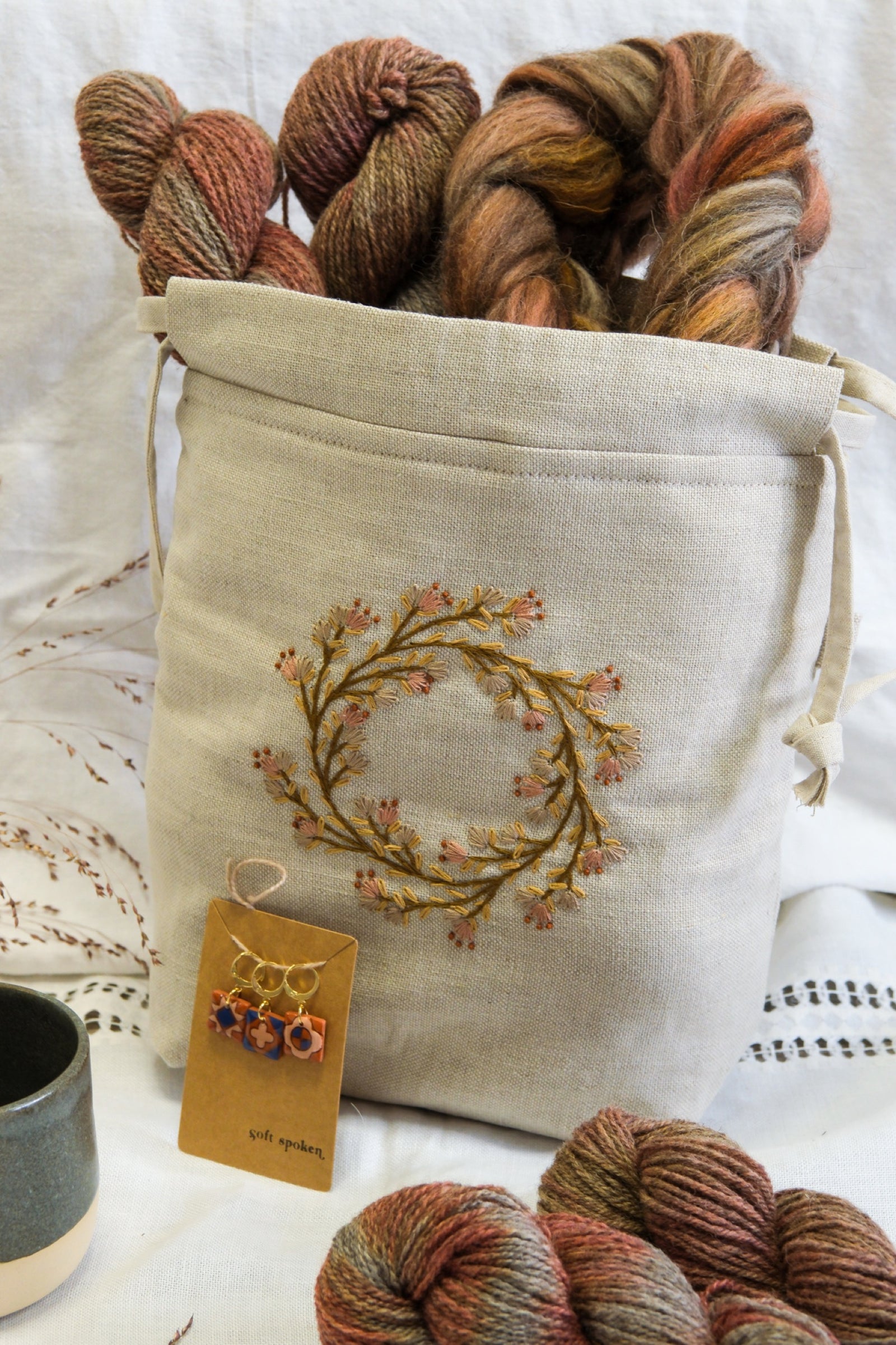

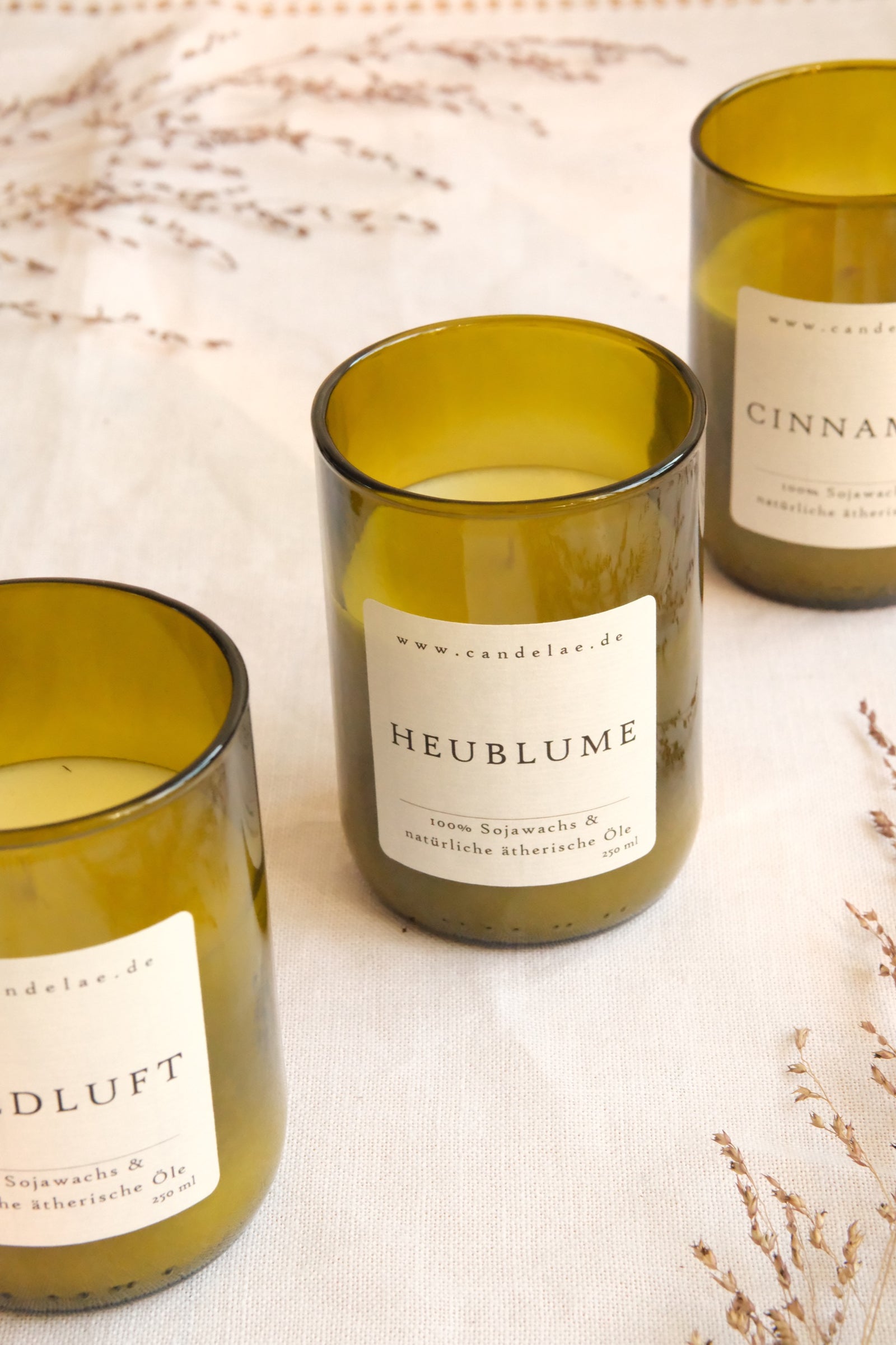
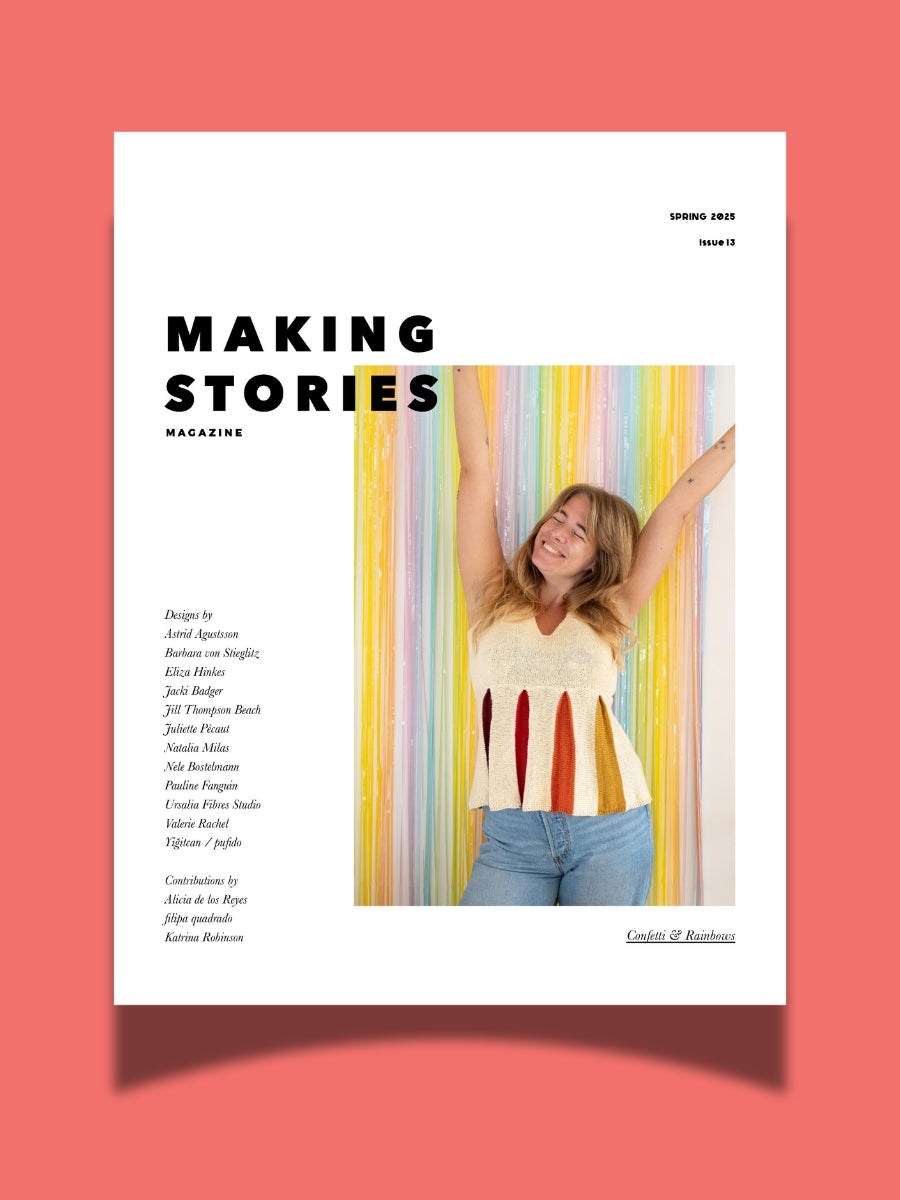
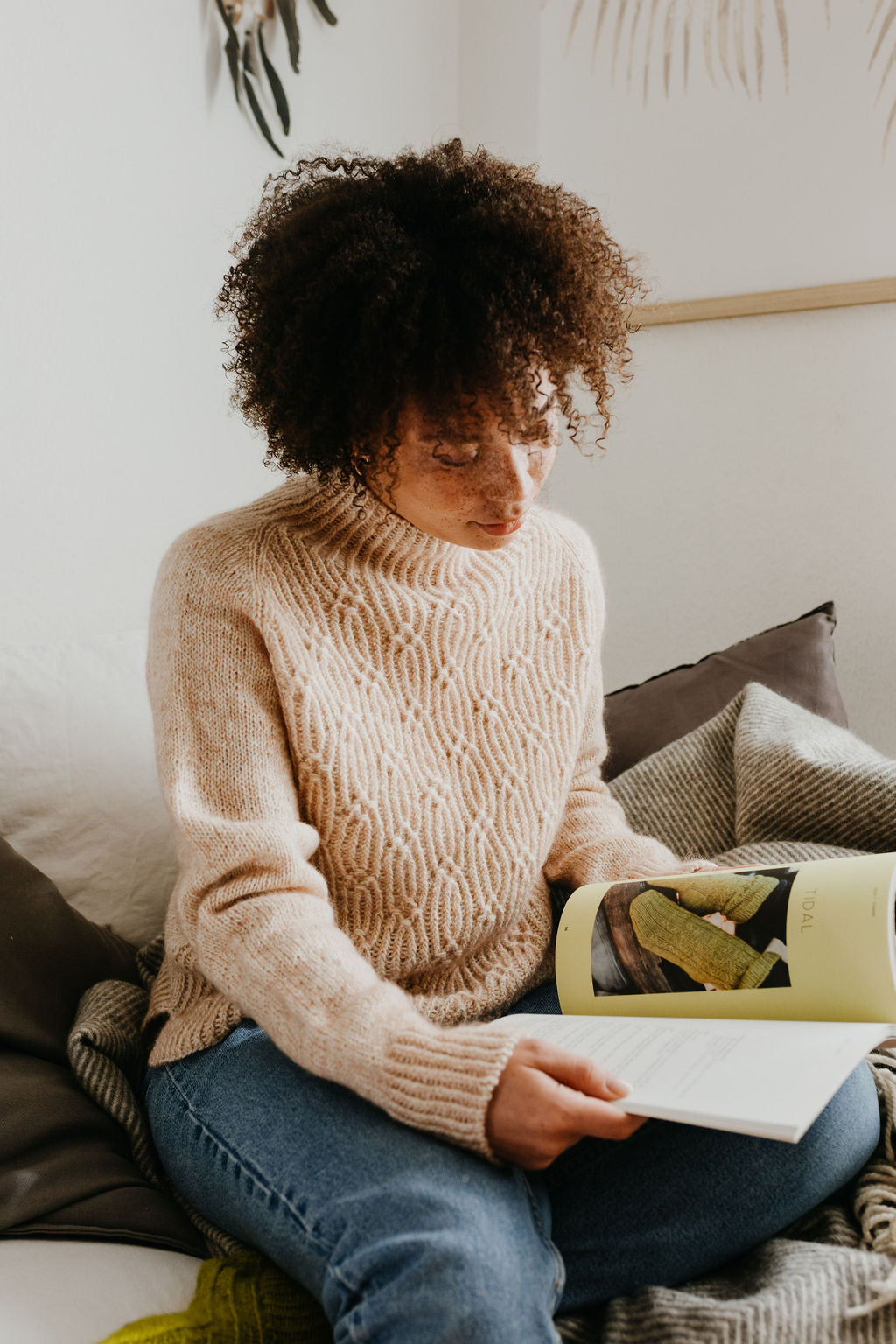
Naberl
October 18, 2023
In response to Brennas post from March 2021:
Thanks for the link. I read the study that is linked there by woolmark. For me its absurd and surreal: The study was made by an organization which works in favor of pastoral and agricultural companies. The claim that Superwash Wool biodegrades faster than non-treated wool, which for me is no surprise as superwash-chlorine weakens the fibres (they admit this in the study). And they are so bold to write that they did not find any microplastic in the residues! Hmmm… strange? no: “Fabrics had been washed repeatedly before testing, to simulate a partial garment lifetime” – so it seems obvious that it already has been washed out at least partially. Now you could say, yes but they really found NO microplastic. To tell the truth, I do not believe them. Please read the “study” (its very short and not really a study) and tell me if you agree with me or not. Thank you for good work. If anyone is also interested to investigate further about SUPERWASH ( there are even methods of superwash that are GOTS-certified, which I really find a shame because of the resin (it IS plastic!!)).